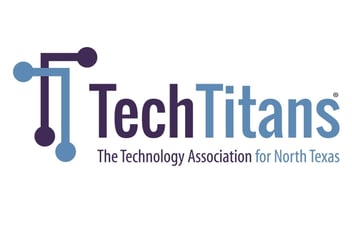The moment is finally there. You've worked out a business model, built a minimum viable product, and gathered a team. The only thing left to do is come up with a name for your business.
As a tech company, you know that it helps to come up with just the right name if you want to make it big. But with so many options available, how can you be sure that you're picking the right one?
In this blog post, we'll help you with the process of naming your B2B tech brand. First, we'll describe the eight most common types of names—so you can think about which type is right for you—and then we'll provide some practical tips for your brand naming process.
8 Types Of B2B Tech Brand Names
Before you can start deciding on your brand name, you need to have a clear understanding of what kinds of names are out there. Names generally come in one of eight categories, which we'll discuss below.
You may notice that there is some crossover at times, and one brand name might reasonably fall under more than one of these categories. But understanding these types of names will give you a clearer idea of which direction to go in. To give you a clearer picture of what we mean, we'll also use some real-world examples for each type of name.
1. Descriptive brand names
.png?width=1000&name=Idea%20Grove%20Blog%20(5).png)
This type of name is pretty self-explanatory: it describes what your company does. A descriptive name is great if you want to make it immediately clear to people what your business is all about. A disadvantage of this type of name is that it can be limiting as your business expands and changes over time—if you start offering new products or services that aren’t captured in your brand name, then you may need to consider a rebrand.
Examples of descriptive brand names in B2B tech are PayPal, Printify, and DocuSign.
2. Evocative brand names
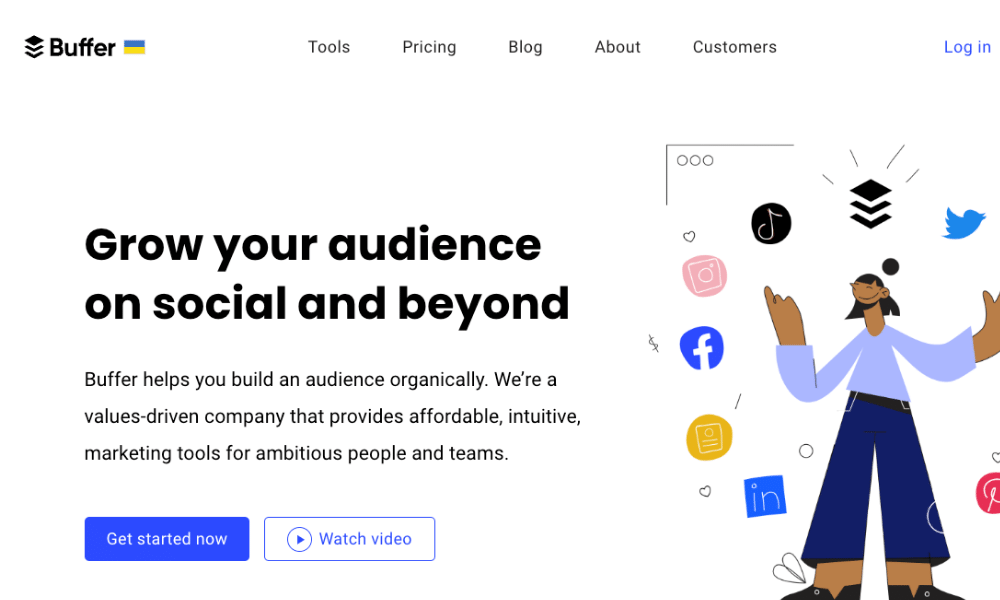
Evocative brand names use the power of metaphor and imagery to conjure the core aims of your business in the mind of your client. Using a name that is reflective of your service or product, without more tangibly defining it, allows room for your concept and business to grow within the brand.
Think along the lines of Amazon calling to mind the endless supply of the Amazon River, or what Nike’s role as the Greek goddess of victory would mean for competitive athletes.
An example in the B2B tech world is Buffer: a social networking toolkit. The founders of Buffer took the decision to give the company a name based on an attribute of their software - emphasizing automation or scheduling. It's a perfect example of an evocative brand name because it does not describe the company too literally, but it still captures the company's key message.
3. Invented brand names
Easily the best approach when it comes to circumnavigating the crowded field of trademarked and copyrighted brand names, inventing a brand name gives you a lot of creative scope for naming your B2B tech business. One thing to be aware of is that an invented name runs the risk of being difficult to pronounce, impacting your word-of-mouth exposure.
Perhaps the best example of them all is Google, which has become synonymous with the concept of searching the web. Despite being based on the word ‘googol’, which is a term for the digit 1 followed by one thousand zeroes (representing a whole lot of information), the word Google itself is fabricated.
4. Lexical brand names
A lexical brand name relies on wordplay to pique the consumer’s interest, by riffing on an idea or concept that should be familiar to them already. Puns, alliteration, and playful misspellings all bear the hallmarks of a lexical brand name.
Companies like Markit Digital, Xero, and Shapr3D show how a slight spelling change can keep the essence of what your brand does intact, while also taking on a more innovative appearance. Also, the Google example from before shows how a word that already existed can be used in a new and creative way.
5. Acronymic brand names
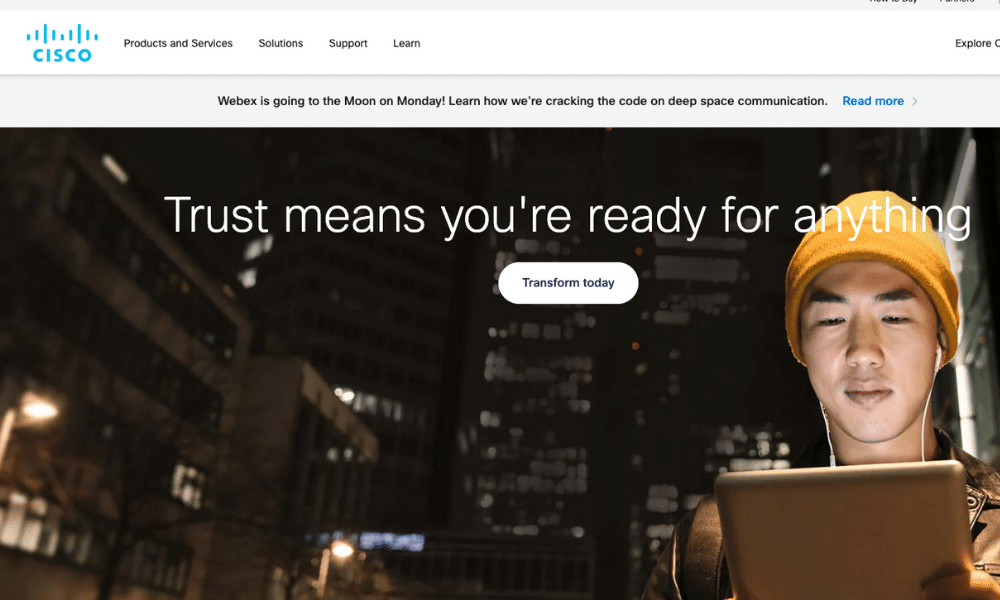
An acronym is a word formed from the first letter of each word in a phrase, and it's a tool to help us remember things. Therefore, it’s not surprising that many successful companies like IBM, SAP, and CISCO are so easily memorable to us and so easily communicated in conversation.
It’s important to note that while this is great for longstanding brands, it can be a challenge for newer companies and startups to develop recognition and awareness through an acronymic name. After all, how many of us can remember what the letters of IBM actually stand for?
6. Combined word brand names
A combined word brand name is another way of working around trademark issues, while also potentially including a lot of insight into what your company does. These names work by taking two words and fusing them together to create a new word that still encapsulates the meaning of its component parts. We often see that combined word brand names are also descriptive at the same time.
Merge two words together, either in whole or as a portmanteau, to create your combined word brand name. Freshbooks, SalesForce, and SurveyMonkey all show the power that a combined word brand name can carry.
7. Evergreen brand names
This brand name type is always combined with one of the other types, but it’s worth mentioning on its own as it can be a great way to future-proof your brand. Evergreen names are those that will never go out of style or become outdated, no matter how much time goes by.
Evernote, for example, has imbued its brand name with this sense of limitless continuity and potential. Similarly, Intel, a long-running horse in the tech race, has really stamped its mark on the concept of limitless and important information. Even the ubiquitous Apple changed its full name from Apple Computers to Apple Inc. to reflect the wider range of products that they expanded into.
8. Trendy brand names
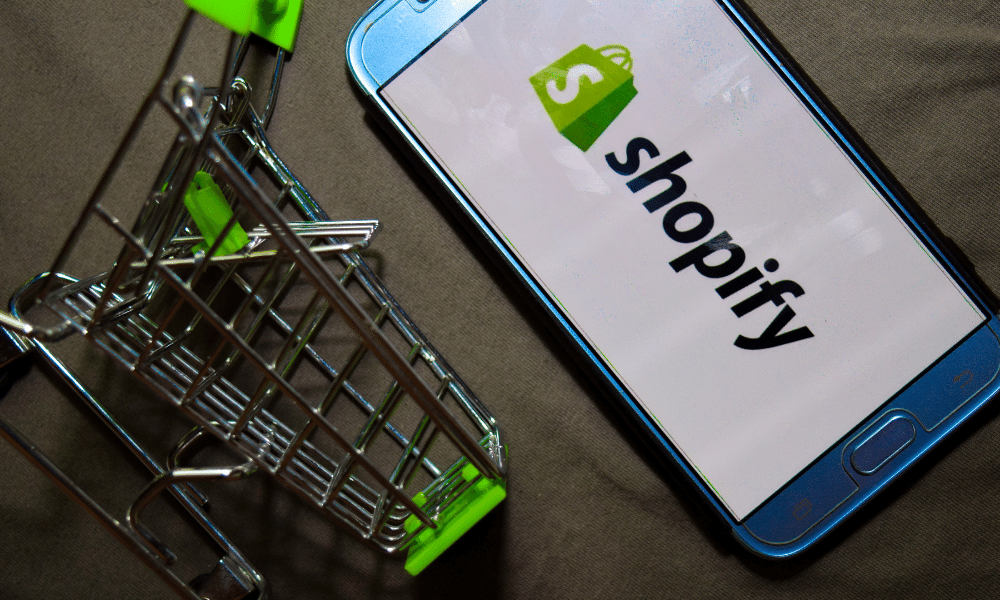
On the other hand, you can choose to go for a trendy brand name, to ride the wave of popularity that certain industry-specific words are currently enjoying. Trendy names come and go, but if you manage to get on board early with one, it can really help your brand to take off.
Think of using buzzwords in your brand name such as 'AI' or 'Blockchain', or even just general terms like ‘startup’ or ‘tech’. While these may not be around forever, they can help you to tap into the zeitgeist of the moment and really make your mark.
Another way your brand name can be trendy, is by keeping up with popular naming conventions. For example, a lot of companies are now using .io as their domain and include this in their brand name as well, as it has become synonymous with tech startups. Or think of the "brand-ify" style of tech brand names, such as Shopify or Clockify. Or the "brand-ly" brand names, such as Crowdly. New start-ups with this type of name are rising night and day like hornets around a hornet's nest.
5 Practical Tips For Choosing Your Brand Name
There are tons of other great examples of tech brand names out there, but we hope that this has given you a solid foundation on which to start brainstorming for your own business. And remember, the most important thing is to be creative, think outside the box, and have fun with it! After all, this is your company's identity we're talking about.
If you're still feeling stuck, here are a few practical tips that can help to get the creative juices flowing:
1. Generate a shortlist
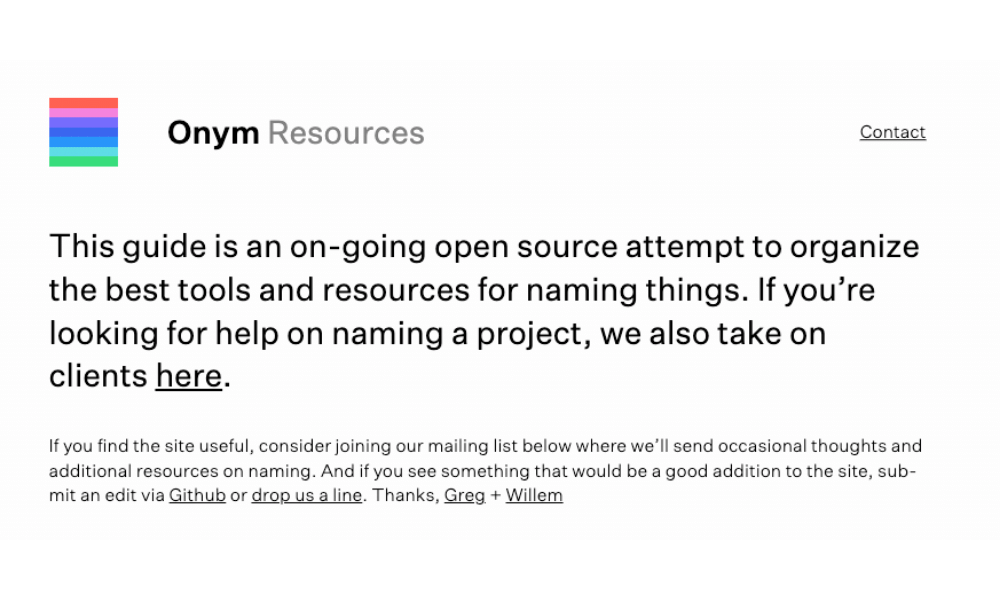
There are a couple of different tools which you can use to really help kickstart a shortlist of great brand names. Onym is a website that has compiled several resources about naming your company all in one place. From there, you can pull out keywords that have the most significance and run those through some of the different tools Onym lists.
Before starting to use these tools, it can help to have reflected on some key mission statements or brand positions. Remember, it’s important to discuss the ideas for these defining characteristics of your brand with a wide and diverse range of stakeholders, to get a good level of input.
You want to make sure that the options on your shortlist are reflective of both the personality and positioning of your brand, as well as at least one the key benefits that your brand has to offer. You also want to make sure none of the options use terms that have negative or stigmatizing connotations, or that translate badly in the language of any key target markets you may want to enter in the future.
2. Check which trademarks are available
It’s going to be tough landing on a name that everyone loves. The last thing you want after the arduous process of getting an agreement on a brand name is to find that it’s already taken. If you are based in the US, you can run a TESS search through the USPTO Database and from there run your shortlist candidates through a quick check.
Alternatively, if you are outside the US then the World Intellectual Property Organization would represent a better option. You could also try using domain name registrars like Sedo to check what is available.
3. Check whether the name is being used online
Unfortunately, in the world of copyright law, judgments are made based on the concept of ‘first to use, not first to file’. Even if someone hasn’t copyrighted your brand name yet, if they are already operating under it in some capacity this could be a real thorn in the side of your brand down the line.
Try running a search through Google and leading social media platforms, to see if anything comes up that would be prohibitively similar. Websites like NameCheckr and BrandSnag are also great for checking this too.
Bonus tip: If your brand name is already a registered domain, but it’s not actively used, you can try things such as get*name*.com or try*name*.com. When you’re bigger, you can try to buy the domain.
4. Use the UMAID approach

As a final check-off on the suitability of your brand name for a wider audience, it’s good to make sure it meets some key criteria to be appealing and effective. We’ve put together a handy mnemonic, UMAID, to help you with this.
Under the UMAID approach, your brand name should be:
- Understandable
- Memorable
- Adaptable
- Interesting
- Distinctive
5. Avoid the common naming pitfalls
It’s almost impossible to anticipate every barrier that your brand name might encounter along the road, but history has taught us that there are some quite common mistakes that have been made fairly regularly and which should be avoided.
Lexical names that are challenging to spell or simply come off as annoying, invented names that are difficult to pronounce, or descriptive names which are boring or that limit the scope of future growth are all a definitive no. The cardinal sin is of course a name that copies an existing brand and lands you with a legislative nightmare of court action.
Final Thoughts
The process of naming your brand is never going to be straightforward, but it is worth investing the time and effort to get something that fits your organization and its aims. Try to speak to a client’s real desires, rather than simply describing what it is that you do. The brand name is also only going to be the first impression, so it’s important you have great resources like a distinctive B2B website to set your brand apart.
It’s also important that you don’t get hung up on finding the ‘perfect name’ to the point that it slows down the rest of all your important work. You can do this by ensuring that you have a decisive naming process with time frames and clear decision-making mechanisms. Remember, once your brand name has been decided upon it’s then time to start building trust in it while it still has newcomer status.

 10 min read
10 min read



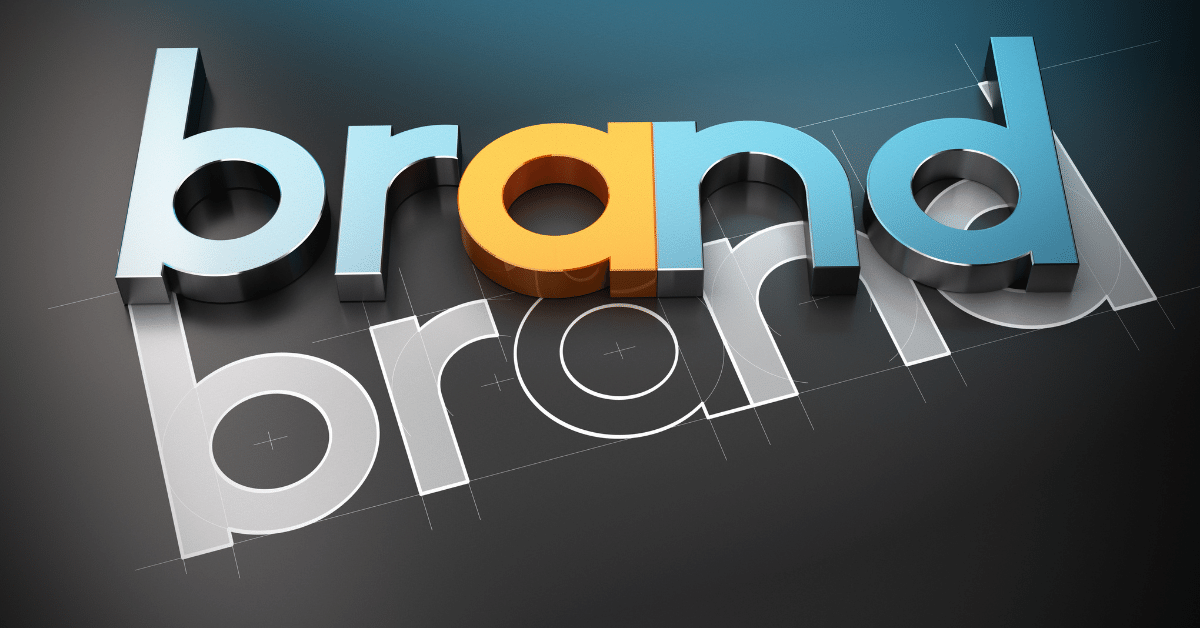

 8 min read
8 min read

